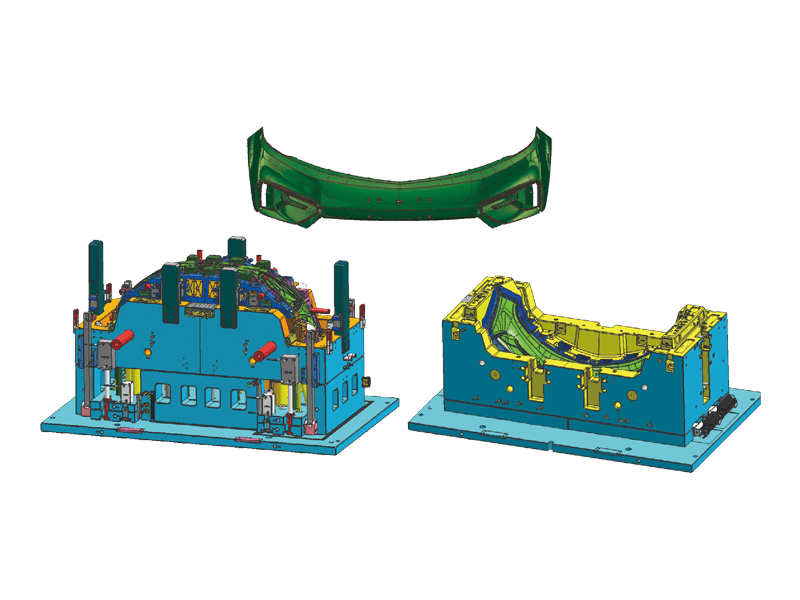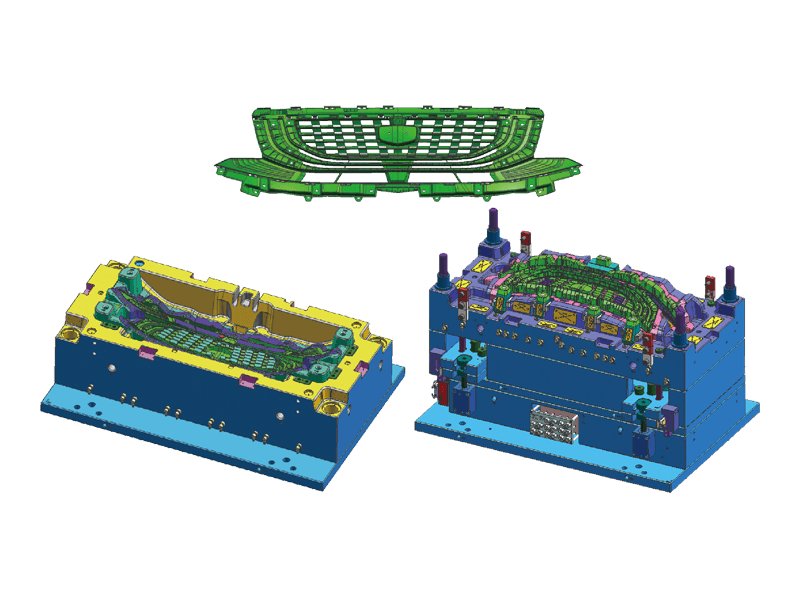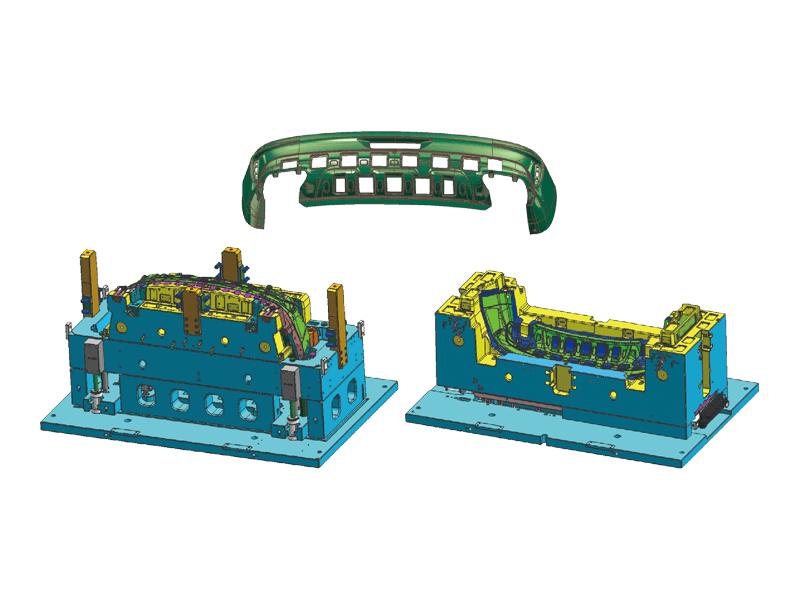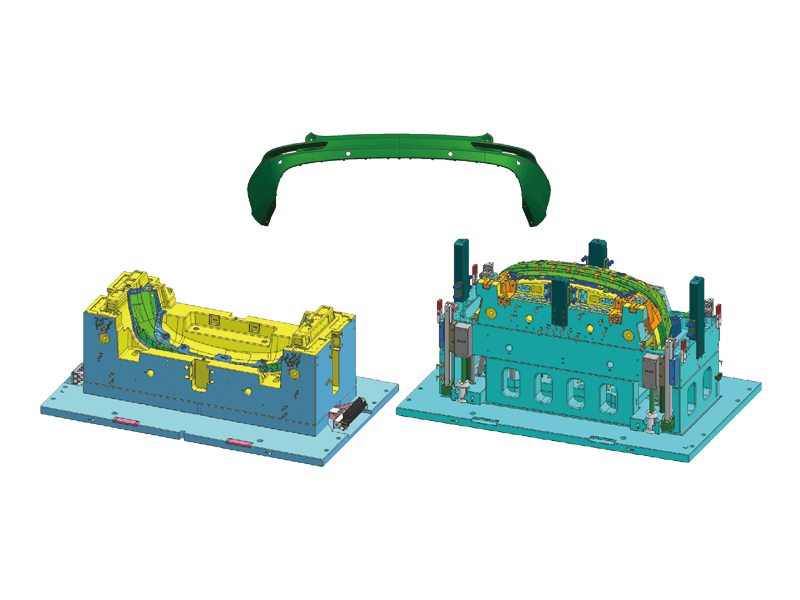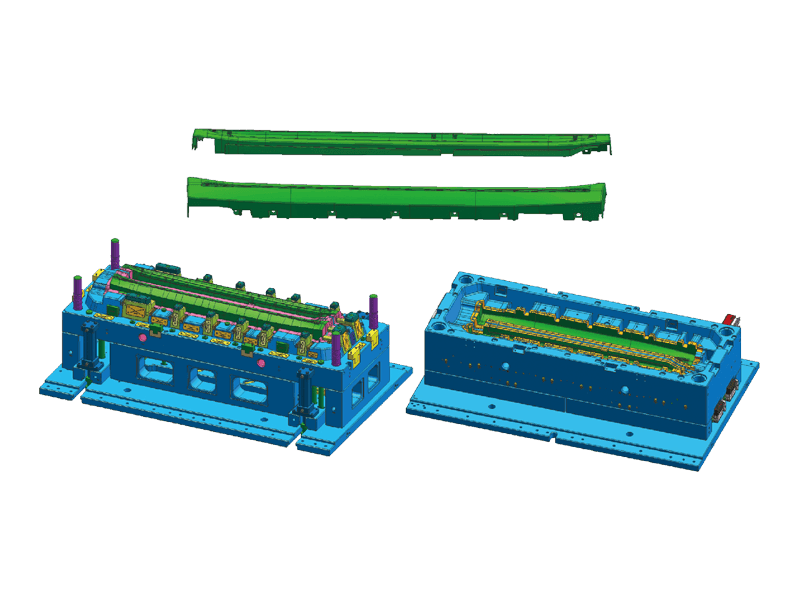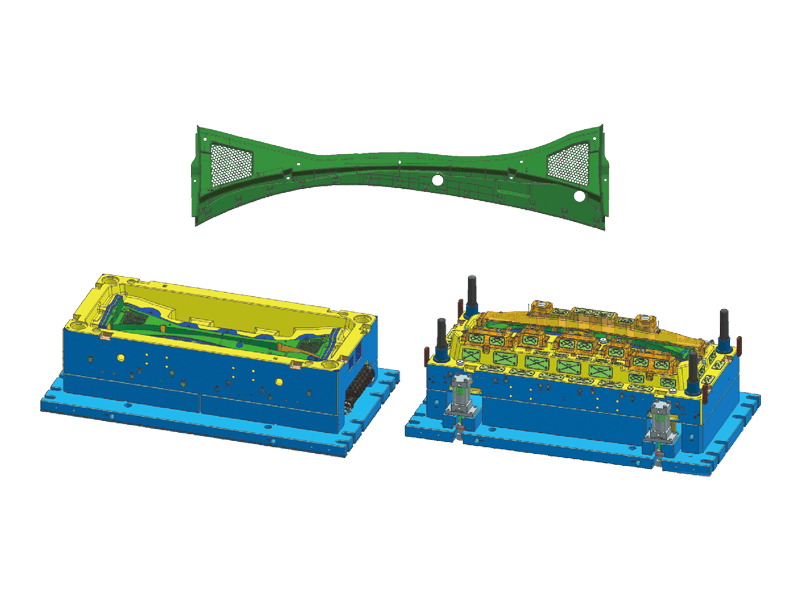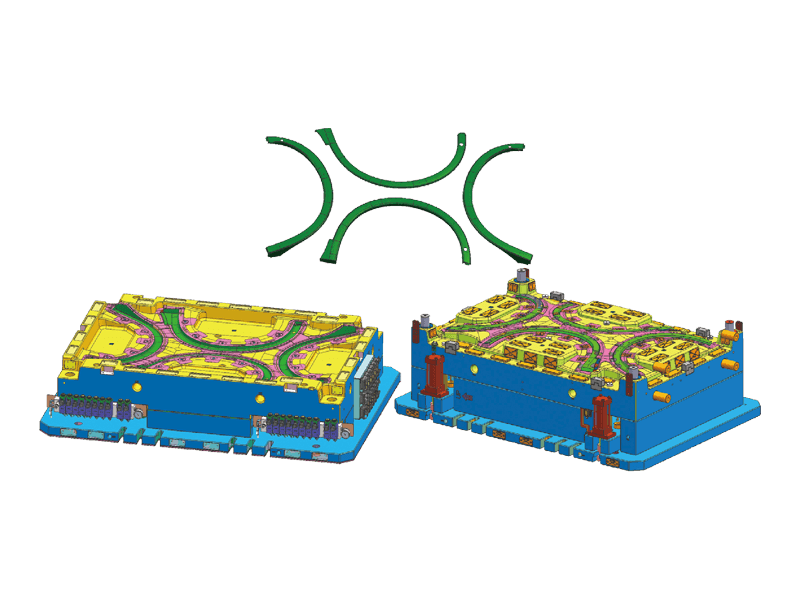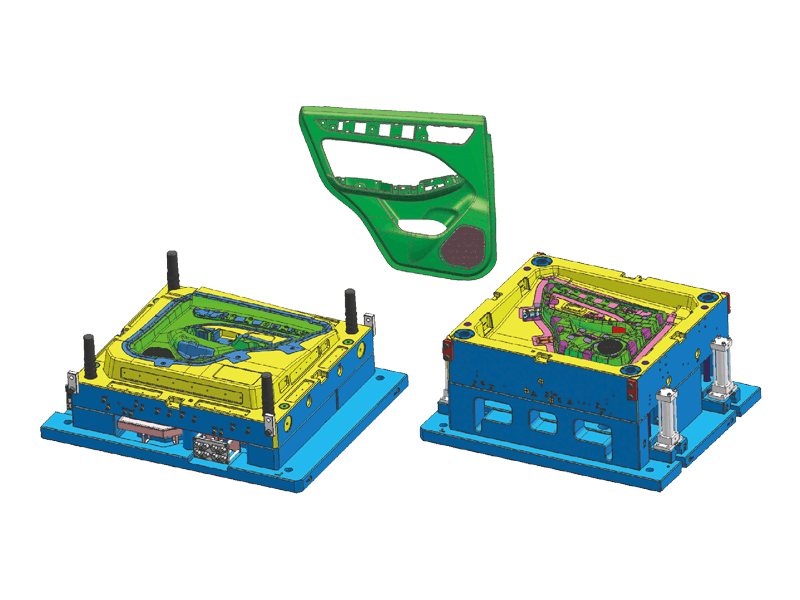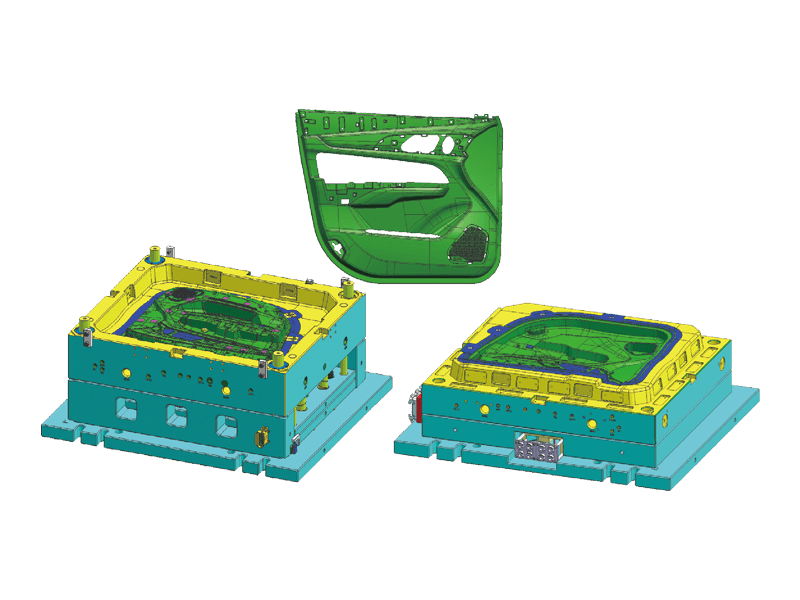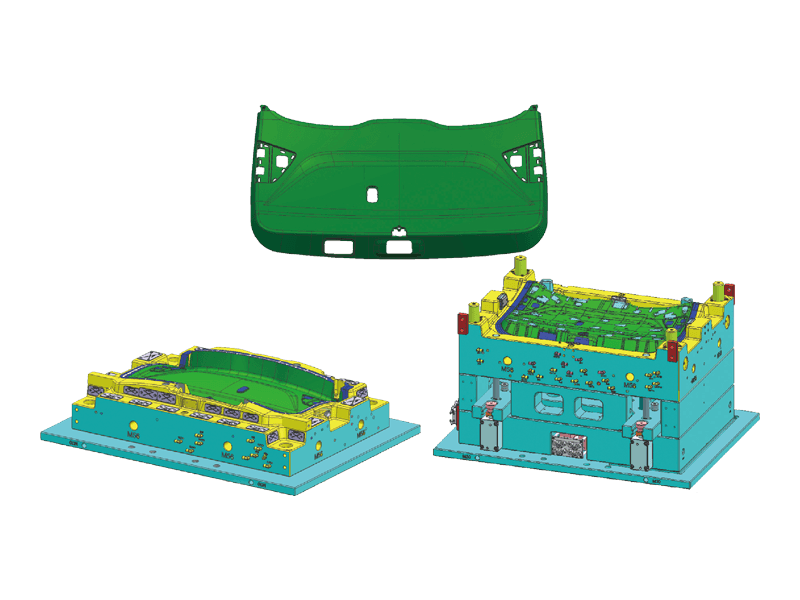In the ever-evolving world of automotive manufacturing, Automotive Plastic Backdoor Panel Injection Molding has emerged as a critical process for enhancing both efficiency and design flexibility. As vehicle designs shift toward lightweight, durable, and aesthetically pleasing components, this molding technique plays a key role in delivering high-quality backdoor panels that meet industry standards and consumer expectations.
Automotive Plastic Backdoor Panel Injection Molding refers to the process of shaping thermoplastic materials into precise backdoor panel structures using specialized molds and high-pressure injection systems. This method enables manufacturers to produce complex geometries with tight tolerances, ensuring consistency and structural integrity across large production volumes. As a result, it has become a good choice over traditional metal fabrication due to its versatility and cost-effectiveness.
One of the main advantages of Automotive Plastic Backdoor Panel Injection Molding is weight reduction. Modern vehicles are under constant pressure to meet stricter fuel efficiency and emissions regulations. By replacing metal backdoor panels with molded plastic alternatives, manufacturers can achieve significant weight savings without compromising strength. Lighter vehicles offer improved fuel economy, better handling, and reduced environmental impact, making plastic injection molding a sustainable solution.
Another benefit of Automotive Plastic Backdoor Panel Injection Molding lies in its design flexibility. Plastic allows for more complex shapes and integrated features that are difficult or impossible to achieve with metal. For example, integrated clips, ribbing for strength, and decorative textures can be molded directly into the panel. This reduces the need for secondary assembly processes, lowering production costs and improving overall manufacturing efficiency.
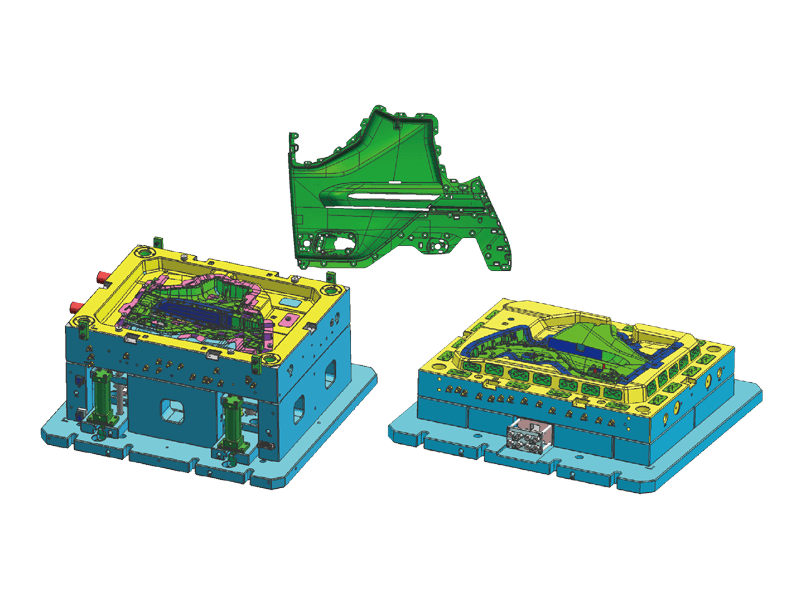
Durability is also a critical factor. Automotive Plastic Backdoor Panel Injection Molding utilizes high-performance engineering plastics such as polypropylene (PP), acrylonitrile butadiene styrene (ABS), and polycarbonate (PC), which offer good resistance to impact, heat, and UV exposure. These materials ensure that the backdoor panels maintain their appearance and functionality throughout the vehicle’s lifespan, even under harsh environmental conditions.
The injection molding process itself is highly automated, contributing to faster cycle times and high repeatability. In Automotive Plastic Backdoor Panel Injection Molding, molten plastic is injected into a precisely machined mold, cooled rapidly, and ejected to form a finished part. The process can be optimized with technologies like gas-assisted molding, overmolding, and multi-cavity molds to further enhance quality and reduce waste.
Moreover, Automotive Plastic Backdoor Panel Injection Molding supports customization. Automakers can tailor the panel’s color, texture, and finish to align with specific branding or interior design themes. This level of customization is increasingly important in today's market, where consumers expect both functionality and style in their vehicles.
Environmental considerations also play a role in the adoption of Automotive Plastic Backdoor Panel Injection Molding. Many manufacturers now use recycled or bio-based plastics, and the scrap generated during the molding process can often be reprocessed and reused. This not only reduces material costs but also supports sustainability initiatives within the automotive industry.
The economic advantages of Automotive Plastic Backdoor Panel Injection Molding are equally significant. The ability to produce large quantities of consistent, high-quality parts with little labor input leads to lower unit costs. Additionally, mold designs can be modified or updated to accommodate changes in vehicle models, providing long-term flexibility for manufacturers.


 English
English 中文简体
中文简体